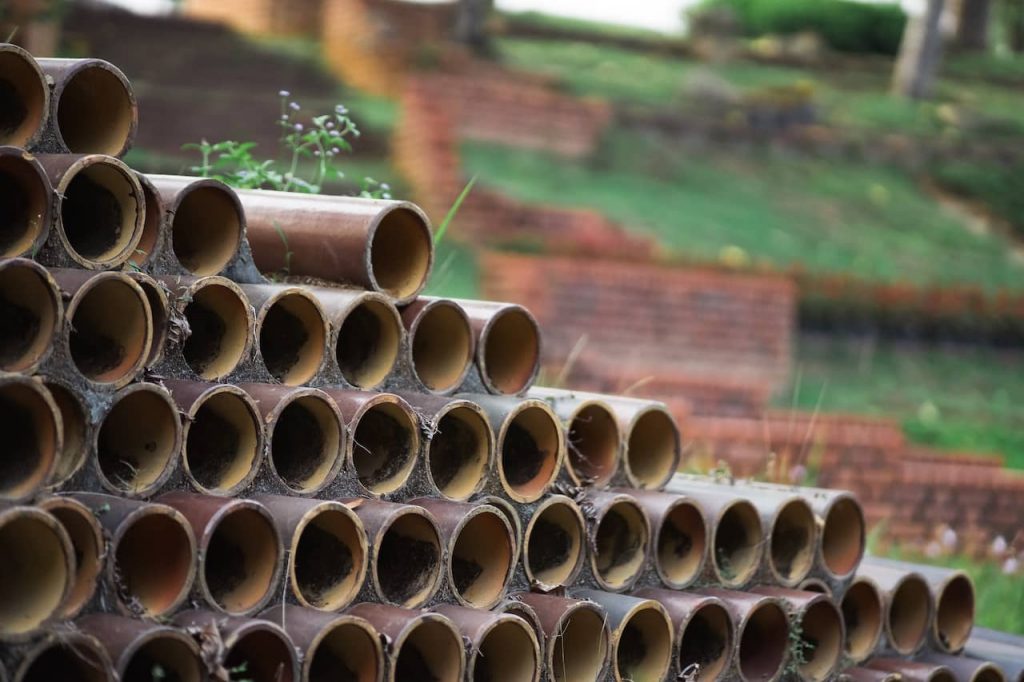
For years, the state of America’s wastewater infrastructure has been deteriorating. More and more municipalities face problems with deteriorating storm drains, culverts, and sewer lines. That’s why the EPA infrastructure bill has been signed into law. This bill hopes to address U.S. wastewater infrastructure problems alongside the other infrastructure issues the country is facing.
According to estimates, there is a network of more than 800,000 miles of public sewers, and there are approximately 500,000 miles of private lateral sewers. There are parts of this network that need rehabilitation, and fortunately, SEKISUI can help with sustainable infrastructure solutions.
In our article, we’re going to discuss the current state of U.S. wastewater infrastructure and how municipalities can improve wastewater infrastructure with the assistance of SEKISUI. We will also speak about the wastewater infrastructure bill to ensure you understand the problem and the solution.
What Is the Current State of Wastewater Infrastructure in the U.S.?
According to the EPA, American wastewater infrastructure is rated at a D+, which means there is serious need for rehabilitation. Since the wastewater treatment plants were designed with a lifespan of between 40 to 50 years in the 1970s, they are reaching the end of their service lives and require upgrades. Many of the sewer lines, culverts, and storm drains are also in disrepair and believed to be reaching the end of their service lives.
According to experts, the drinking water and wastewater pipes currently in the ground only have an average lifespan of 45 years, and many systems across America have components more than a century old.
The pipelines need to be rehabilitated because the typical lifespan of wastewater pipes is between 50 to 100 years. With many degrading pipes in use, groundwater and stormwater have entered the networks through joints, cracks, and illicit connections. This is incredibly harmful to wastewater system function because collection systems become overtaxed, leading to sanitary sewer overflows.
Even though EPA improvements occurred between 2012 and 2016, the wastewater systems, including the pipelines, are becoming more prone to episodic sanitary sewer overflows.
Fortunately, with the introduction of the Wastewater Infrastructure Improvement Act, municipalities have more money to begin rehabilitating deteriorating sewer lines, culverts, and storm drains.
What Is the Wastewater Infrastructure Improvement Act?
With the country’s wastewater infrastructure in disrepair, the Wastewater Infrastructure Improvement Act of 2021 could not have occurred at a better time. This act will invest in the wastewater infrastructure of U.S. communities. This act will allocate funding to permit communities (municipalities) to take on complex wastewater infrastructure projects.
According to experts, the Wastewater Infrastructure Improvement Act will authorize federal funding for numerous major Clean Water Act infrastructure programs administered by the EPA. This will include federal assistance for states and communities for wastewater infrastructure construction. Ultimately, this means that municipalities will have the funds to improve wastewater infrastructure with sewer overflow and stormwater projects.
How Can SEKISUI Provide Solutions?
SEKISUI is a company that specializes in providing pipeline rehabilitation with a minimal footprint. Our company understands that the U.S. water infrastructure needs to be rehabilitated with sustainable solutions, so we offer numerous sewer pipelines, culverts, and storm drain rehabilitation methods.
At SEKISUI, our company provides innovative spiral wound pipe lining solutions that fully restore deteriorated pipelines without digging or excavations.
Our installers use a continuous strip of pipe-grade PVC that they mechanically wind into a pipeline to form a uniform liner during the installation process. We have three different pipeline solutions to first different diameters and pipeline needs.
With our spiral wound pipeliners, our installers can efficiently renew aging infrastructure, which is why our liner options are a good choice for U.S. wastewater infrastructure rehabilitation. Look below to learn more about how SEKISUI’s trenchless pipeline technology can be used to rehabilitate the aging wastewater infrastructure in America:
- Storm drain damage: Nearly every state in America is experiencing stormwater drain deterioration. When stormwater drains are damaged, irreversible erosion and flooding can occur, which puts the lives of Americans at risk while harming the environment. Fortunately, municipalities can improve sewer line damage with spiral wound lining and prevent environmental harm by relining sewer lines.
- Culvert damage: Culverts are part of a city and town’s wastewater system. Culverts are crucial because they provide cross drainage. When a culvert is damaged, it can cause detrimental road damage that could disrupt traffic. Damaged culverts can also cause immense environmental harm. If spiral wound pipelining is used to repair culverts, it can prolong the life of a culvert without harming the surrounding environment.
- Sewer pipeline damage: Our spiral wound pipeline technology method is one of the best solutions for repairing and rehabilitating sewer pipelines. When sewer pipelines are in disrepair, there are sewer blockages, unexpected natural growth, and foundation changes. If sewer lines are left damaged, it can lead to numerous problems, including health risks. With SEKISUI’s spiral wound lining rehabilitation methods, a sewer line can be rehabilitated without unnecessary digging and in live flow.
Get In Contact With An Expert At SEKISUI To Discuss How We Can Help
It’s evident that the wastewater infrastructure requires desperate rehabilitation and that the Wastewater Infrastructure Improvement Act will address the U.S. wastewater infrastructure needs by providing funding.
Additionally, it’s clear that SEKISUI is one of the most sustainable wastewater infrastructure solutions. The spiral wound pipe lining method is an environmentally-friendly trenchless solution worth considering as a tool municipalities can use to improve wastewater infrastructure. If you want to learn more about this rehabilitation technology, you can contact us here.

